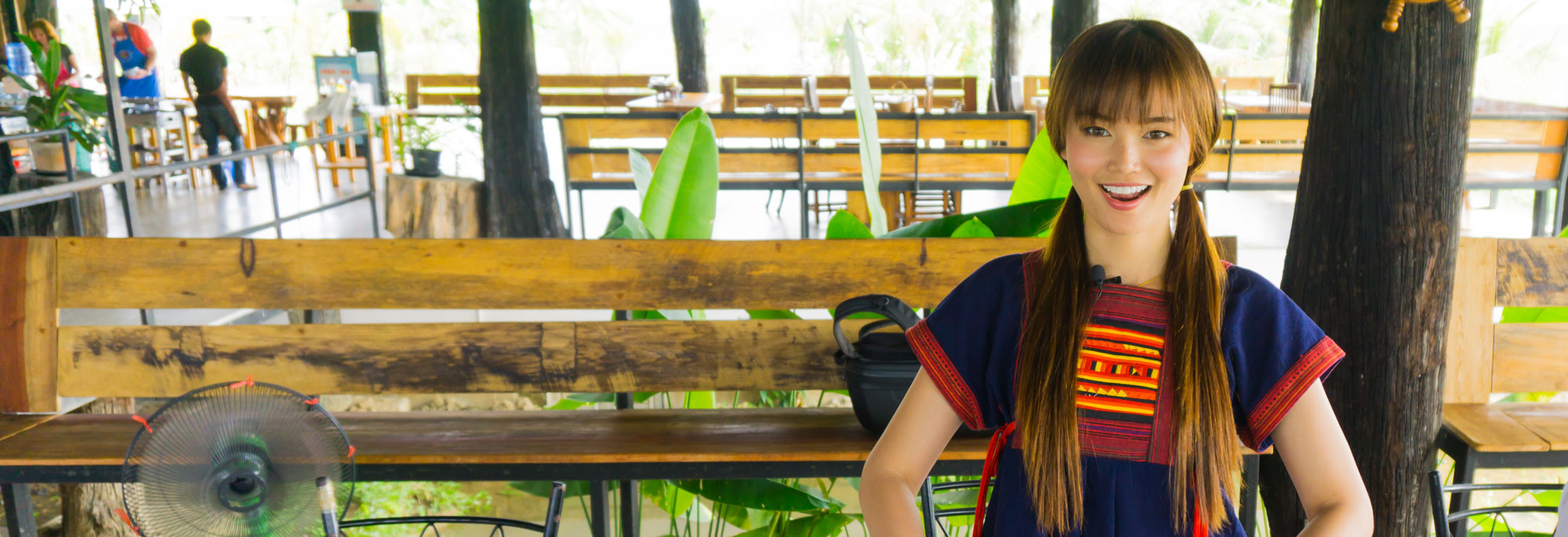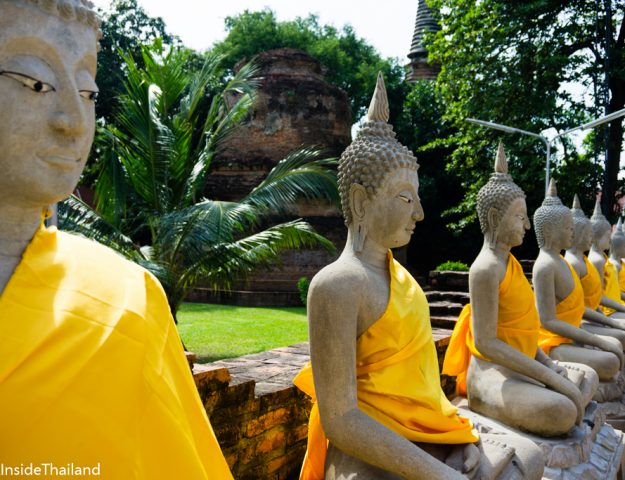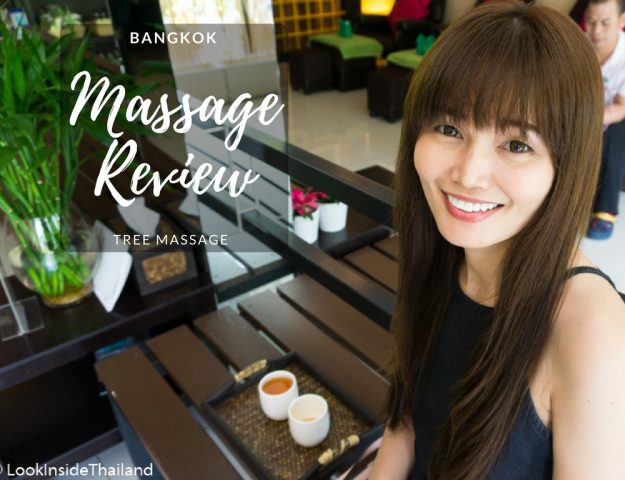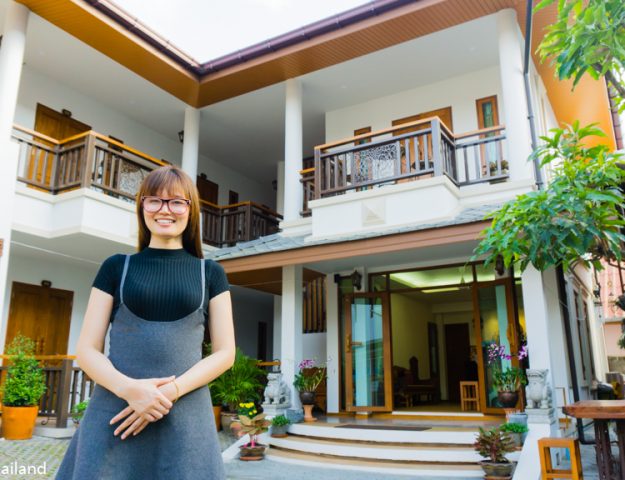Doi Suthep: The Gem of Northern Thailand is a place all Thai’s dream to visit with its incredible views. Its history dates back to the 13 century Doi Suthep is at the top of the culture travel list when visiting northern Thailand.
Visiting Chiang Mai always excites me for so many reasons. Located in the beautiful northern hills of Thailand, Chiang Mai is a wonderful cultural center full of history, nature, food, and more. There are so many things to do in the city. The former capital of the Kingdom of Lanna, the old part of the city is surrounded on all four sides by a giant wall and even a moat! There’s also over three hundred temples and as an animal lover I absolutely love the Chiang Mai Zoo. As great as all of this is, however, the best thing about Chiang Mai isn’t even in the city.
Fifteen kilometers out of the city center on top of a mountain named Doi Suthep is Wat Prathat. Normally just called “Doi Suthep” for short, all Thai people have a deep and special love for this temple. Covered in beautiful Buddhist art on top of a mountain with a magical view of the city and countryside around it in all directions, this is the one place in all of Northern Thailand that cannot be missed. Not many Thai people would dream of coming to Chiang Mai without visiting the temple, and neither should you.
What is Doi Suthep Chiang Mai
As the old Thai story goes, a monk named Sumanathera had a dream where he was told to go searching for a relic. Finding a bone in a faraway land, he believed it to be shoulder bone of the Buddha. It both glowed in the dark and could disappear. He took the relic to King Dhammaraja of the Sukhothai kingdom, but when he showed the bone to the king it didn’t show any of its magical powers. The king didn’t want what seemed to be a normal bone and told the monk to keep it.
Another king, King Nu Naoe of the Lanna Kingdom (whose capital was located in the old city of Chiang Mai) heard about Sumanathera and his bone. He sent a message to the monk asking if he could see it. The monk walked his bone to Lanna and gave it to the king, who put it on the back of a white elephant. The elephant was then set free into the jungle, where it climbed to the very top of Doi Suthep. At the peak of the mountain, it is said that the elephant trumpeted three times before falling over dead. Seen to be an omen that this spot on the top of the mountain was special and sacred, King Nu Naoe ordered the construction of Wat Prathat Doi Suthep on the spot where the elephant died.
Can a View Get Any Better?
I almost love the trip up to the top of Doi Suthep as much as actually seeing the temple. Driving the fifteen kilometres of roads up the mountain, everything changes. You feel your ears pop, the air on your skin gets cool, and even the plant life on the side of the road changes. On the left side of the road, you’ll also pass multiple viewing points that give you an absolutely fabulous look at the city below. I always love to stop at the first viewing point about halfway up. You can get some khanom (Thai for “snack”) and there’s sometimes even an artist there who will draw you into a cartoon for only one hundred baht ($3 US). The view is spectacular, especially on a clear and sunny day, and it’s a great place to take a few minute break before you head the rest of the way up the mountain.
Arriving at the Temple
Arriving at the entrance to the temple area, the first thing you’ll notice when you get out of the car is that the temperature has dropped about 10C from the bottom of the hill. Us Thais are usually pretty warm blooded, so I definitely always bring a jacket. There’s a small market selling clothes, drinks, food, and souvenirs along with bathrooms. Near the food stands on the road you’ll see the bottom of a large staircase. I hope you like exercise because it’s three hundred and nine steps to the top! The sides of the staircase are covered in beautiful Buddhist style artwork with the sides depicting the back of a dragon. Thai people receive free entry to all the Buddhist temples in Thailand, but foreign visitors will have to buy a ticket. At only 30 baht ($1 US), however, it’s very affordable. Once you’ve got your ticket, there are another twenty or so steps to walk up and you’ll find yourself in the main temple complex.
There’s so much to see at Wat Prathra Doi Suthep that I don’t even know where to start. I like to walk around the outer courtyard once before going inside the main temple. There you will find many old-style Thai Buddhist buildings covered in beautiful murals, sculptures, and other kinds of art. The view from here is always breathtaking to me no matter how many times I see it. From the top of the mountain, you can see the north of Thailand in every direction, and there’s one building, in particular, I like to take in the view from. Raised above the rest of the temple complex, this pagoda-like building isn’t just a great place to see the surrounding countryside, it’s also a work of art! The wooden pillars are covered in wonderful wood carvings and if you look up, you’ll see that even the ceiling has art on it. The view from here is particularly spectacular and I really recommend stopping by here before heading inside the main temple. It’s located off to the left from where you come up the stairs after buying your ticket.
The Inner Courtyard
After you’ve made your way through the outer courtyard around the inner temple, it’s time to go inside and see the really cool stuff. Shoes are never allowed inside Buddhist temples in Thailand. There is a safe place for you to leave them that’s safe where they won’t be taken, so don’t worry. It’s also important to dress respectfully when visiting Thai temples. I love to wear traditional Thai clothes when I come to a place like Doi Suthep, but you don’t have to. It’s just important to wear something conservative. Women should cover their legs and upper body a throw or wrap will do the trick. Men should wear something clean and nice that shows respect for this beautiful and sacred place.
Inside the main area of Doi Suthep, you’ll find a beautiful Thai temple covered in amazing Buddhist artwork. Lots of other Buddhist temples in Thailand have paintings, golden Buddhas, and carved woodwork, but few are quite so impressive. Take the time to walk slowly around the inner courtyard of the temple and look at the beautiful works of art passed down from centuries ago. You don’t have to be completely silent and it’s okay to talk softly with the other people in your party. For many of the people around you, the trip to Doi Suthep is more than just a bit of fun. You will definitely see many Thai people praying, burning incense, and being blessed by the monks. It’s important to be respectful and remember that this is a place of prayer.
It’s really hard to find a temple anywhere in Thailand that’s more amazing than Wat Prathat Doi Suthep. Wonderful golden statues, fantastic wood carvings, and beautiful metalwork covering buildings meet your eyes everywhere you look. Walking around the inside of this temple you will see the best that Thai Buddhism has to offer. Most of your time in the temple will definitely be spent just looking around and taking everything in, but there are a few things for you to do if you’re interested. On the right when you enter the temple, there’s a large roll of paper with a pen. This is where everyone you’ve come with can write your names. There are some large golden bells which you are allowed to ring. Getting blessed by a monk is also acceptable for foreigners, so don’t be shy!
Romantic Thai Tradition
There’s one activity at Wat Prathat Doi Suthep that has a bit of extra special significance. This activity is absolutely perfect for anyone travelling with their partner but is also good if you have a partner waiting back at home. Inside the temple, the smaller golden bells are tied to a romantic Thai tradition. For around 100 baht ($3 US) you can buy a tiny golden heart to hang on these bells. On the heart you write your name along with the name of your husband, wife, boyfriend, or girlfriend. You then hang this from the bell on the hook and give it a little ring. This might seem like no big deal for an outsider, but for us Thais, it’s a really big deal. In the Thai tradition, ringing the bell sends the vibrations of your love out to the entire world. Very important to Thais, it shows that you will stay together forever. Really romantic, right? 🙂 If you do this, make sure you take a picture of your heart hanging from the bell. This way you’ll have it forever.
Who are the Hill Tribe People?
At the entrance to Doi Suthep, you may have noticed some children in brightly colored clothes. Usually down around the bottom of the staircase, you could maybe tell there’s something different about them but you don’t know what. These are children of the Hmong people, a hill tribe that lives in the area around Doi Suthep. Culturally different from the rest of Thailand, the hill tribes haven’t been in Thailand very long. Most of them arrived as refugees in the 1970s. Their colorful clothes, great food, and unique culture are wonderful, and they get along with the native Thais very well.
How to Get to Doi Suthep
You have quite a few options for getting to the top of Doi Suthep. The first, easiest option is to take any of the “red car” tsong taews you’ll find all over Chiang Mai. These drivers will usually ask you for about 200 baht per person ($6 US) each way, but you can negotiate. This can make a trip up Doi Suthep kind of expensive, especially for larger groups. The best way to get there is by motorcycle. Motorcycles can be rented for about 300 baht ($9 US) per day, and each motorcycle can hold two people. Even if you only go up the temple and back, this will still save you a lot of money. Having a bike gives you quite a bit more freedom. Since you have the bike for a full 24 hours, you can go anywhere you want later. This will save you even more taxi money.
Wat Prathat Doi Suthep is about fifteen kilometers of winding mountain road west of Chiang Mai. Just take the main road past Chiang Mai University and the Chiang Mai Zoo and you can’t miss it.





